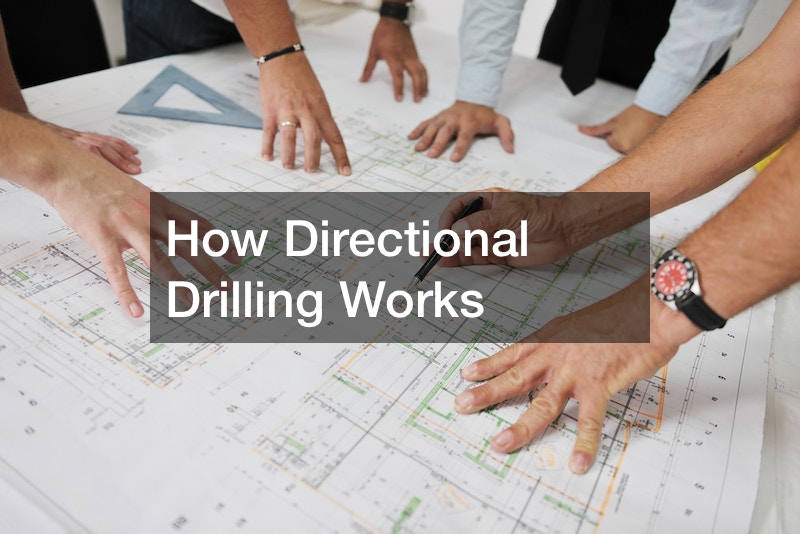
When you need to install conduits around an obstacle, directional drilling is used. Roads, buildings, and wetlands may all require conduits for gas, water, or electricity, but space to work may be limited. Luckily, you only need a small area to set up your equipment, preferably away from pedestrians or busy areas.
Before drilling can begin, there is a lot of careful planning to ensure the crew will not run into any pre-existing conduits under the surface and prevent other issues from arising in the middle of the process. To begin, the directional drilling crew bore down into the starting pit.
While the drill is traveling underground, it is tracked through a locator that gives directions on where to navigate the drill. With this, you can know the exact depth of the drill at any given moment, and send it up, down, left, and right. The bore path is typically widened to slightly bigger than the bore itself. The hole can become enlarged using a reamer pulled through the path.
You can expect no disturbances in the area while this is going on, and life can continue normally throughout the entire process. Directional drilling is often used when you want to avoid damage to protected lands, particularly wetlands. Find out more by following along with the video!
.




